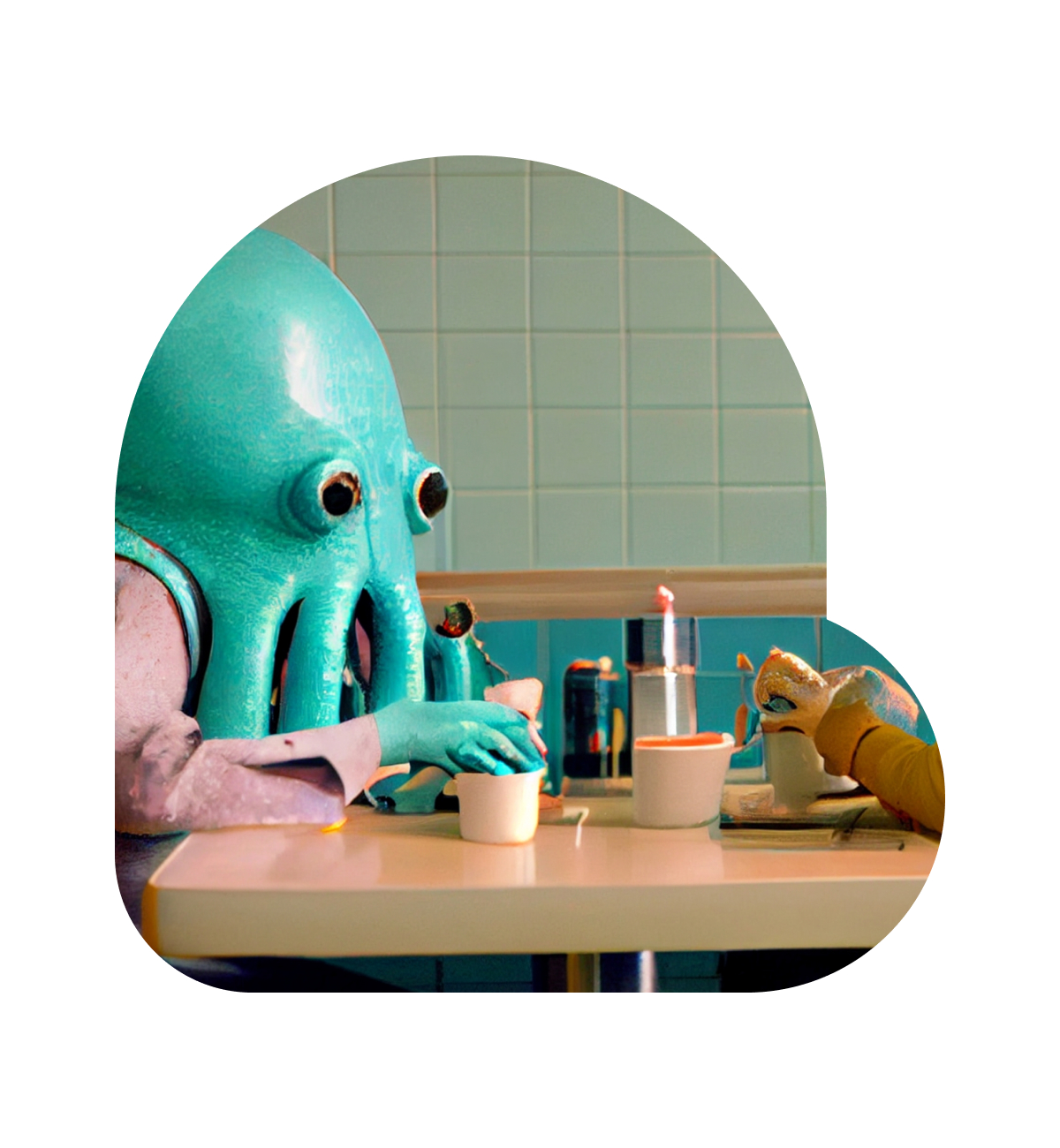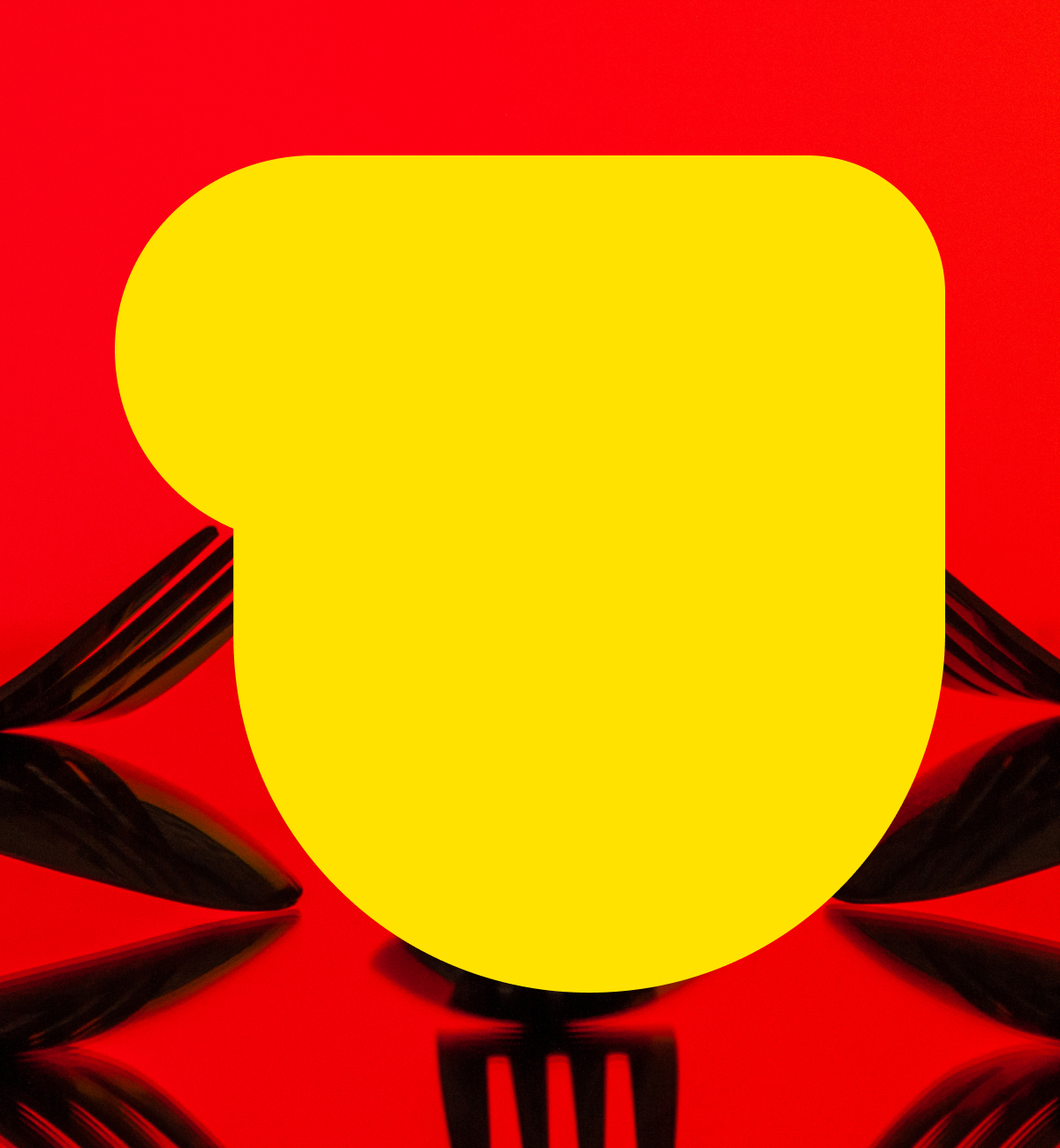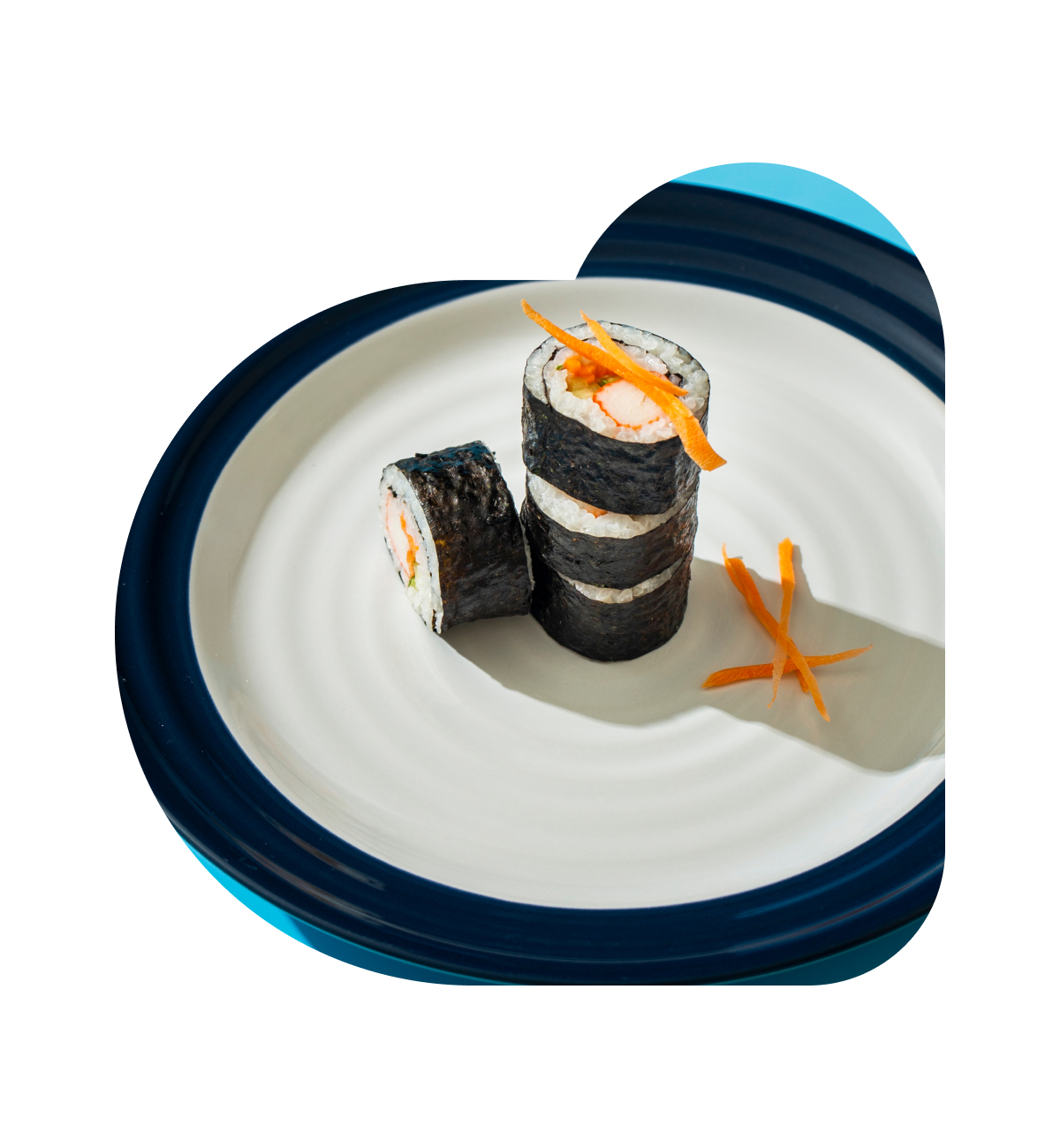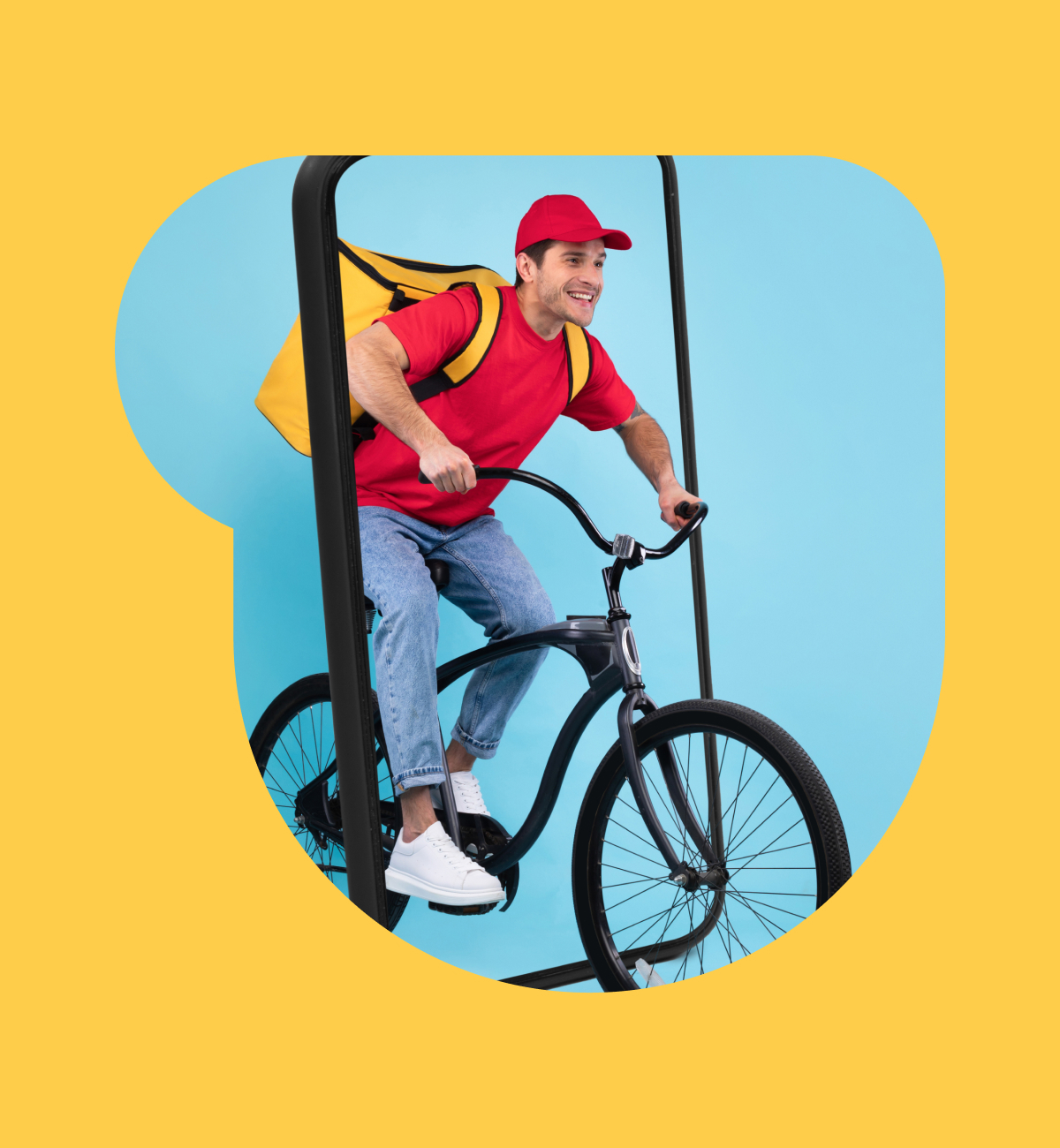Innovation and evolution have always been part of a restaurant’s recipe for success, and this past year has proven that more than ever. We’ve looked closely at the operational trends that emerged during the pandemic in the past. But to stay relevant, we have to consider new ways of communicating to customers that address the changes in their behaviors and expectations. Here, we’ll discuss four marketing strategies that could lay a solid groundwork for success as we move further into the new year.
Amplify Your Business Proposition

With off-premise dining becoming increasingly popular, there’s already an influx in messaging to customers around digital ordering and delivery options. To separate yourself from the pack, hone in on what makes your restaurant or experience unique and lead and communicate it to your guests. Especially if fewer people are dining in, help them understand what sets you apart—be it your menu, food quality, hospitality and customer service or your loyalty program.
Focus on Local Marketing Channels

Now that people may be expanding their dining horizons, it’s crucial to be able to connect with those searching for new restaurants or to be able to stay top of mind with loyal customers. Be sure to take advantage of free tools like a Google My Business account and then consider paid tools like search ads to increase your visibility. A robust email and social media strategy is also key. Social media will help you reach both existing and new customers quickly while email can help drive long-term engagement with loyal customers.
Boost Your Digital Advertising

Another strategy driven by the popularity of off-premise dining is the move to more digital advertising tactics. As more people order online, you’ll want to get out in from of them—whether that’s reaching them via display ads, retargeting ads, paid search ads or social ads. Plus, with digital advertising, it’s easy to track conversions from viewing the ad to ordering online, so you can quickly optimize your strategy based on guest behavior.
Consider Branded Videos

Finally, branded video content may be a great way to pique customers’ interest while telling more of your brand story. Video lets you really show off your menu and share more of exactly what it is that makes your restaurant special. It’s so compelling in fact, it’s been reported that 64% of consumers make their purchase after watching a branded video on social media. What’s more, even after the pandemic is over, customers may still have concerns over cleanliness and sanitation, and a video gives your guests behind-the-counter access they can’t get anywhere else.
As you consider your marketing strategy for the coming months, just remember to keep new consumer behavior in mind and plan accordingly, reach guests when and where they’re looking to dine out and help them to see just what makes your restaurant unique.







































